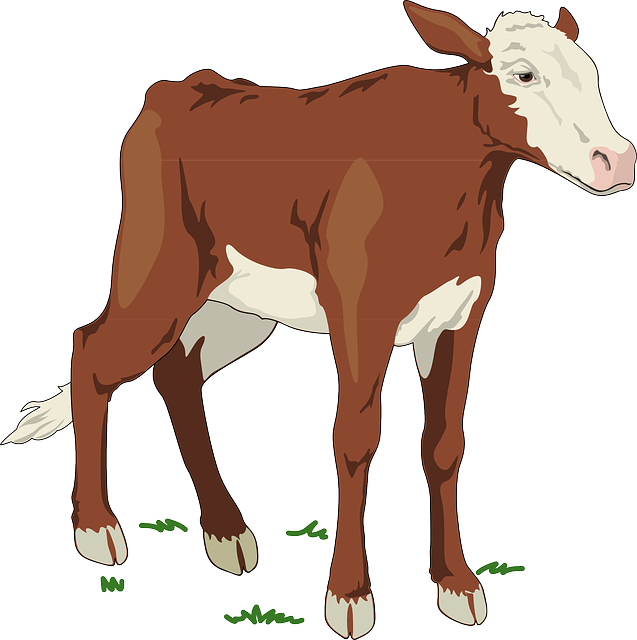What You Need To Know About Rearing Cows

Although many homesteaders and small-scale farmers would love to rear cows, only a handful make this dream a reality. Cows are generally much larger and demanding to raise than other livestock. Due to their physical size, a larger shed is required, and so are the feeds, among other needs. The upfront costs of acquiring and rearing a cow are thus considerably higher. Here are some of the things you should know about raising cows. If you are looking for ‘milk pasteuriser UK‘ then see here.
They Can Be Raised for Milk, Meat, or Reproduction
What will you be raising the cows for? It is only after answering this question that you can go ahead to buy one. Knowing exactly what you will be using the cow(s) puts you in a better position to identify the best cows for that specific purpose. Cows meant for milk production, for example, cannot be reared for meat and vice versa. According to Colt Knight, a livestock specialist with the University of Maine Cooperative Extension, a cow requires a significant investment in time, money, and resources. You thus want to identify and buy the right one for a specific purpose.
You can also choose to raise cows for milk and meat for both personal or sale. Calves can also be reared to replace their mothers and could also be sold for extra income. Whatever your goal is, seek expert advice before making such an expensive investment.
It Is Costly to Raise Cows for Milk on Small Scale
Cows take two years to mature and have a gestation period of about nine months. It is only after it has had and suckled its calf (colostrum) that you can start milking. According to Robbins, most cows will continue producing milk for up to 2 years after having a baby before the udders dry up. If your main goal is to sell the milk, you may then have to seek to license for the same. Farmers and producers have to follow stringent rules and regulations when producing milk for sale. Producing milk for sale on a small scale would thus be an expensive affair for the average homesteader.
Thirteen states, including California, Maine, and Pennsylvania, allow farmers to sell raw milk in retail stores, while only 17 others allow farmers to sell raw milk on their premises. An additional eight states will only allow you to sell milk through a cow-share agreement, where cow owners are paid to feed, board, and milk their cows.
Know Where to Process Your Meat: If Rearing for Meat
Most homesteaders and farmers will raise their cows for homegrown beef. It would be advisable to know where you will process your beef if raising the cows for meat. Butchering a cow is a complicated process that requires a specific skill set and tools, most of which the average homesteader lacks.
According to Robbins, the type of feeds given to the cows will determine maturity and beef quality. Grass-fed cows, for example, take at least 28 months to mature (ready to eat), while grain-fed ones will be ready in almost half the time, at 16 months. A heifer or stocker weighing about 650 pounds is good enough for slaughter and keeping the meat in a freezer. Most heifers will put on weight in summer (when feeds are in abundance), after which you can take it to a meat processor in fall. The meat processor will do all the heavy lifting and cut it up for you.
You might have to look for a state or federally approved meat processor if looking to sell some of the meat. The government inspects these facilities to ensure they abide by the set standards to avoid contaminating the cuts. You can, however, use a custom slaughter facility if you don’t intend to sell the meat.







